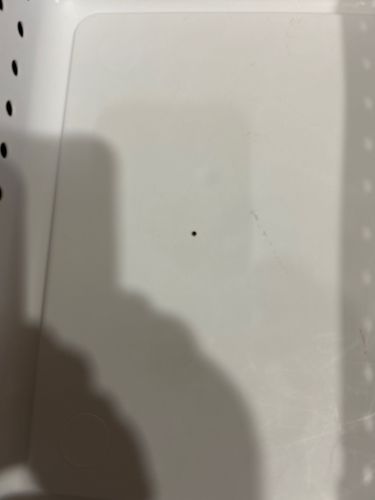Fungus Gnat
Scientific Name: Bradysia spp.
Order & Family: Diptera (flies), Sciaridae (dark-winged fungus gnats) or Mycetophilidae (fungus gnats)
Size: 2-8 mm (adults)

Natural Habitat
Damp, organic-rich environments, often associated with potting soil of houseplants, greenhouses, and moist decaying plant material.
Diet & Feeding
Adult fungus gnats typically do not feed or feed on liquids, while their larvae feed on fungi, decaying organic matter, and sometimes the roots of plants.
Behavior Patterns
Adults are weak fliers and often seen flying around houseplants; larvae live in the top layers of soil. They are attracted to light and moisture. Their life cycle from egg to adult is usually 3-4 weeks.
Risks & Benefits
Potential risks include damage to plant roots by larvae (especially seedlings and young plants), and they can be a nuisance indoors. They generally pose no direct risk to human health. Benefits are minimal but they do contribute to organic matter decomposition.
Identified on: 11/20/2025